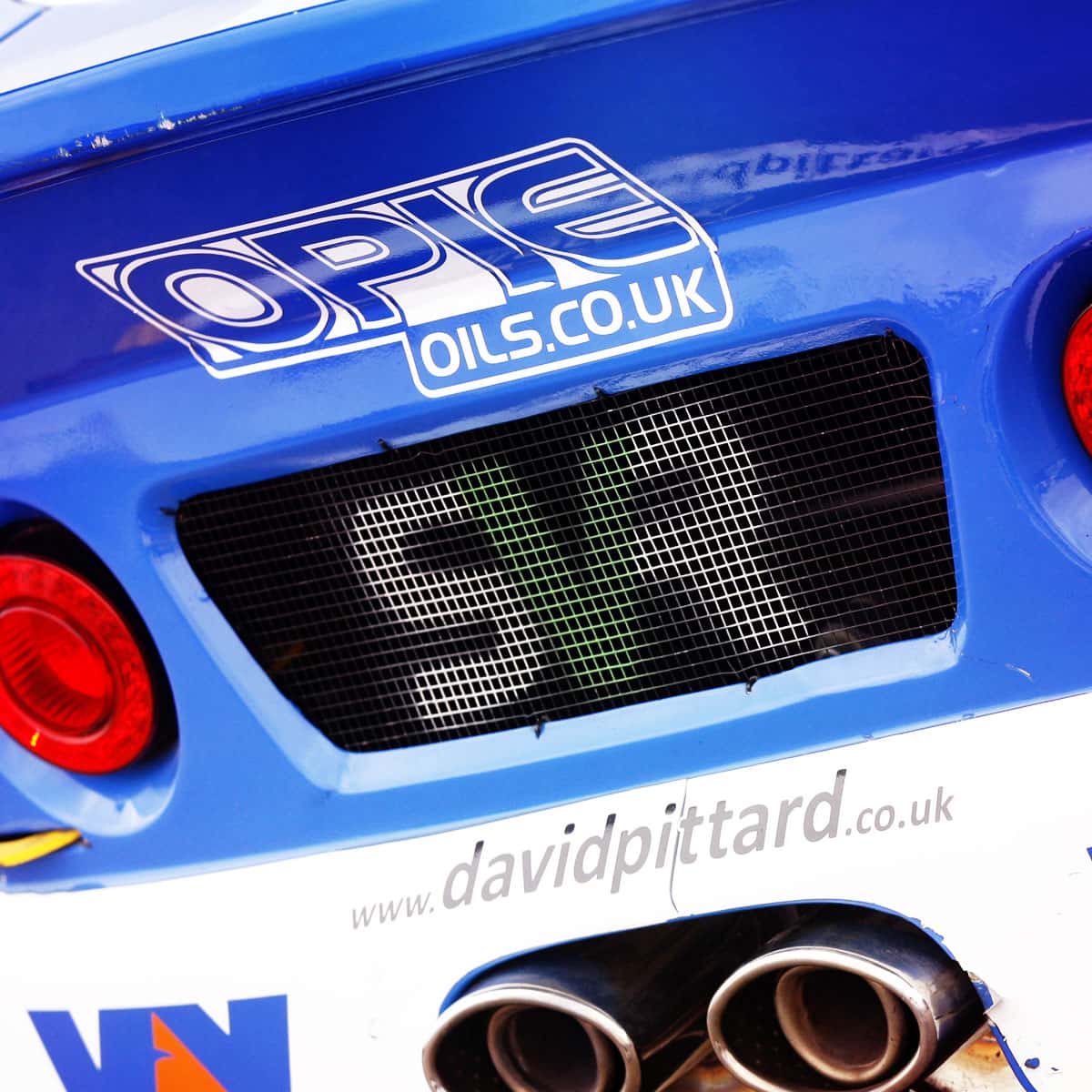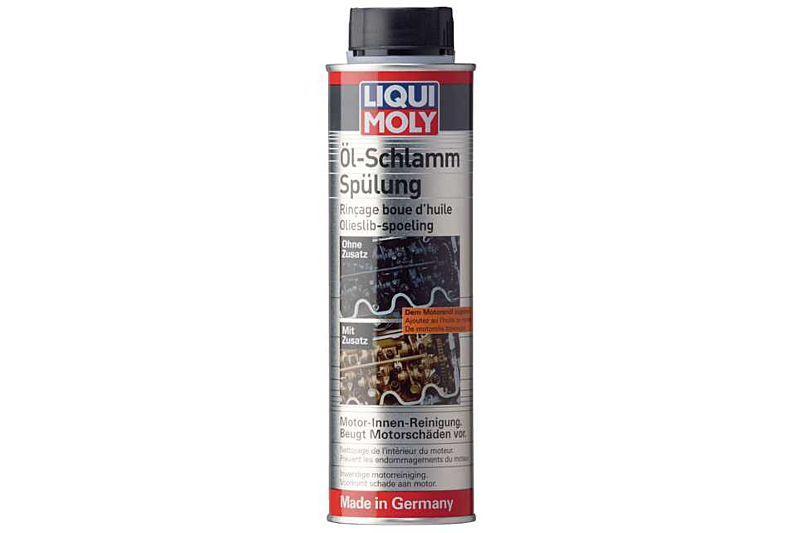Hi All,
Another quick question for the oil specialists on here! I am planning to do a thorough clean out / service of my Dads classic land rover. (2.0l petrol 1950s).
I have a quick question. Having recently done a load of experimenting with pinking (which I'm pretty sure turns out to be carbon build up). I am planning to run a good dose of Redline SI-1 and give it a good long drive to keep the temp up and burn off as much carbon as possible (seems to build up badly when pottering about with the choke out all the time).
Anyway, after that tank full of fuel, I'd like to also do a thorough oil change. I am wondering what peoples thoughts are on using a flushing oil to clean out the gunk possibly do anything for the rings?
It'd likely be this stuff. I have used it successfully on a more modern engine which saw my diesel oil stay clean for a significant length of time rather than going black instantly.

Is it worth a go? Or would I be better just changing it, then doing a short change interval on regular 20w-50 classic oil?
Cheers
Another quick question for the oil specialists on here! I am planning to do a thorough clean out / service of my Dads classic land rover. (2.0l petrol 1950s).
I have a quick question. Having recently done a load of experimenting with pinking (which I'm pretty sure turns out to be carbon build up). I am planning to run a good dose of Redline SI-1 and give it a good long drive to keep the temp up and burn off as much carbon as possible (seems to build up badly when pottering about with the choke out all the time).
Anyway, after that tank full of fuel, I'd like to also do a thorough oil change. I am wondering what peoples thoughts are on using a flushing oil to clean out the gunk possibly do anything for the rings?
It'd likely be this stuff. I have used it successfully on a more modern engine which saw my diesel oil stay clean for a significant length of time rather than going black instantly.

Comma X-Flow Flush Out Mineral Engine Oil Flush
The UK's largest independent supplier of automotive oils, fluid and parts. We've products to suit any vehicle, from full blown Race / Track weapons, to Daily Drivers looking to save money. Plus FREE expert advice & recommendations - OPIE KNOW OILS
www.opieoils.co.uk
Is it worth a go? Or would I be better just changing it, then doing a short change interval on regular 20w-50 classic oil?
Cheers


